Art World Resorts with Charlotte Diwan
|CLAIRE KORON ELAT
The art world hasn’t operated under the paradigm of “art for the sake of art” since forever.

Art is a business as much as fashion, music, and the entire creative industry. The epitome of the business of art can arguably be found at art fairs—whether they’re part of massive conglomerates or smaller editions, it’s offering art as a purchasable product. Charlotte Diwan has recently been appointed as the new director of artgenève and the sister fair art Monte-Carlo—two smaller scale fairs in Switzerland and Monaco. I talked to Diwan about how to choose the right fair as a gallerist and collector and what she does when she is not running around booths in her On sneakers (she was not actually wearing them).
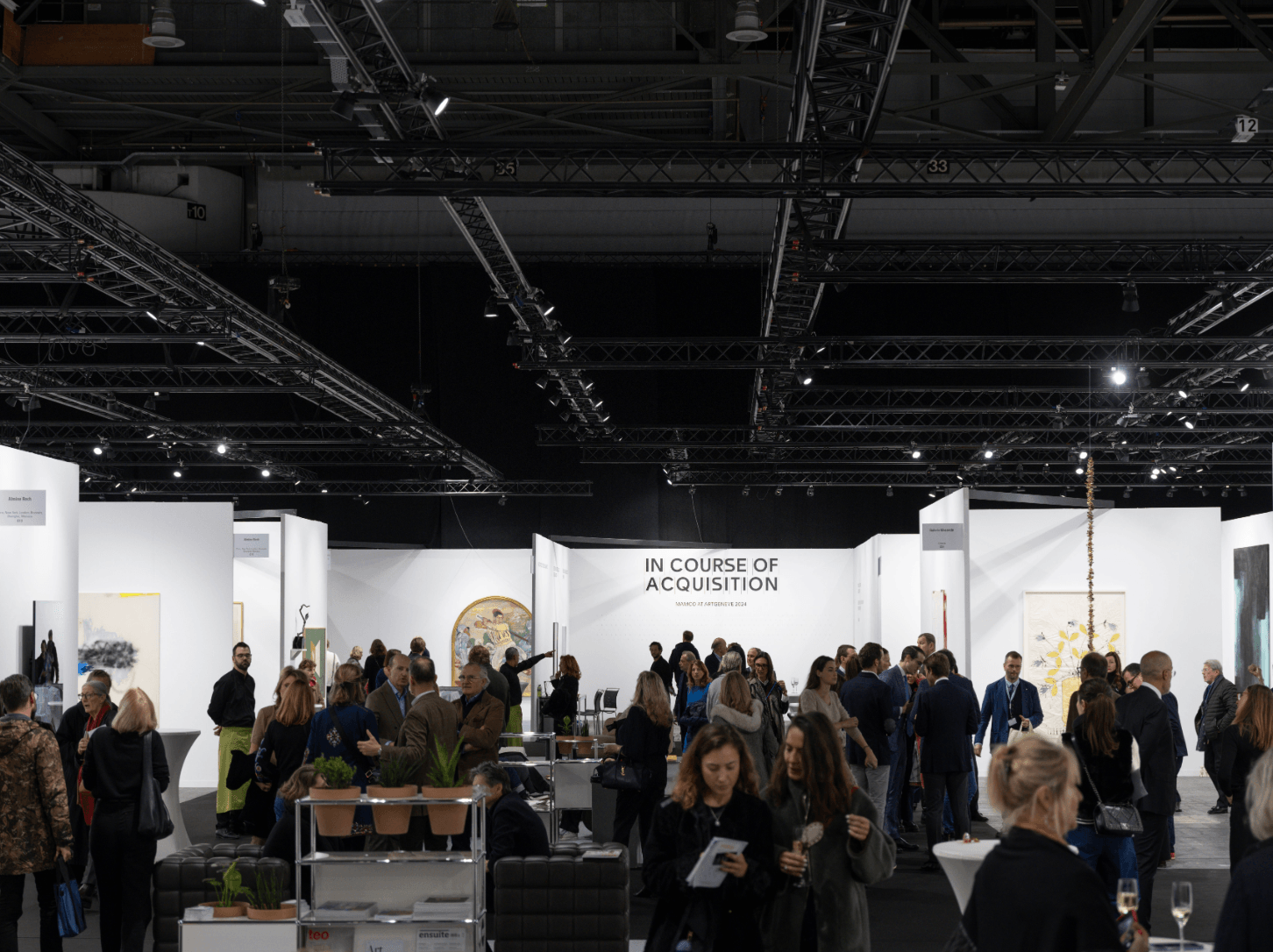
CLAIRE KORON ELAT: I would like to start with a question that might feel somewhat outdated but that is in fact still relevant. During Covid-19, there was a discussion about whether fairs are still needed or if there could be alternative models.
CHARLOTTE DIWAN: I think that fairs are the extreme opposite of an online event. For me, art fairs act as a platform of interaction. We have the proof that they are well attended and are completely necessary to the ecosystem of the art market. They are not only necessary for the development of relationships between dealers and collectors, but also for interactions with the general public, partners, collaborators, artists, and the whole art community.
CKE: How important are digital programs for a fair? artgenève is a rather small fair compared to the big ones dominating the industry, such as Art Basel, who have quite expansive digital programs as well as physical ones for the duration of the fair. Are you planning to do this with artgenève as well?
CD: Yes. Digital tools are very important and necessary for the reach of the fair. It’s the only way to communicate with people far away who could be interested in our program. I think it’s a great way to reach out to a public that we don’t have yet. There’s so much happening all the time, and you need to find ways to reach them and sort of drag them to your program.
CKE: Art fairs predominantly exist to sell and buy work. But now you’re doing a conversations program and a curated section by Nicolas Trembley. Do you think this also benefits the sale of works shown at booths?
CD: Definitely. It’s such a competitive market, so we have to put the specificities of our program forward. We must give it a real identity that differentiates the events from other art fairs. And it’s important to communicate this identity. We can do that through promoting different programs, such as special exhibitions, talks, and our institutional program, which is quite unique to Geneva.

CKE: As a collector, dealer, and visitor, it is hard to navigate which fair to attend, apart from the obvious choices, since there are so many in the world. Why would you advise someone to come to artgenève and not another one?
CD: We have a few good selling points, and the fair has a real identity in comparison to others. For instance, the format of the fair is far more intimate, which encourages exchanges among dealers and collectors. I always get this comment about the size, and this year we decided to reduce the number of galleries even more.
Geneva also has a lot of attractive characteristics. There is a big base of collectors living in Geneva, Swiss or not, and there are very influential galleries around, as well as a rich institutional presence in the country. So, I think this makes the destination interesting. Our institutional program is a unique aspect too—the fact that we systematically include art schools and regional institutions and that we invite international collections to exhibit at the fair make it a seductive platform for dealers and galleries.
CKE: What is the idea behind having booths of private collections at the fair? Boros Collection has a booth, for example, and there is also one of an anonymous collection from Geneva.
CD: The idea is to have a platform where all actors of the ecosystem are represented. For galleries, it’s interesting to see what type of art local collectors buy, to meet them at the booths, and to talk about their own collection. It gives a very intimate and private dimension. For Geneva, it’s becoming an important rendezvous for all actors to meet and exchange. It’s a win-win when you create a platform where all types of collectors, galleries, institutions, or art schools can exchange.


CKE: You’re also the director of the sister fair in Monaco. How is the fair different from the one in Geneva?
CD: The fair in Monaco is much smaller. It has only 35 galleries, and it’s a very international blue-chip gallery kind of fair. Even the selling point of the artworks is much higher than here in Geneva. There’s much less diversity in terms of what’s on offer, it is more of a boutique fair. We don’t have an institutional program, and we don’t have special exhibitions; it’s about uniting these 35 top galleries. In the beginning of July, there’s an extensive VIP program in Monaco, including all the institutions in the region. Like the destination, it has a very exclusive vibe to it.
CKE: Why did you choose to create a fair in Monaco as well?
CD: It was my predecessor’s initiative. They found the synergies between the two places interesting. A lot of people from Switzerland travel to Monaco in July for the fair as well. It’s very close geographically. The idea of having two fairs is that one pushes the other forward. You are active all year long. The two exhibitions, one opening the annual European calendar of contemporary art fairs in the middle of winter in Geneva and the other in the heart of summer in Monaco, unite two key European centers that have many art galleries and are home to many art enthusiasts and collectors. We hope that they enrich one another and that they help spread the image of a fair that distinguishes itself from the size and concept of big art fairs we already know.
CKE: Are there some galleries who exhibit here as well as in Monaco? In what ways are the visitors and collectors different?
CD: A dozen of galleries do both fairs. Which, when we look at the number of fairs, is quite interesting. For example, Hauser and Wirth, Perrotin, Nathalie Obadia, Mennour, Franco Noero, and some others, they all do Monaco as well. It means they find an interest in both fairs and that they meet different types of collectors in those places.
CKE: More generally speaking, how can local fairs like Geneva and Monte Carlo be beneficial for a gallery, in terms of sale, but also in terms of connecting to institutions compared to big fairs? Is it because those are maybe more difficult to get in?
CD: Exchanges between people are much easier in a smaller format. That’s what I often hear from partners and galleries. What is very positive about Geneva is that, although the format is quite small, it’s not a local fair, in the sense that 70 percent of exhibitors are international. In contrast, a lot of fairs are becoming more regional, but bigger in size. We have a great recipe in trying to be of a limited size, but also internationally open.

CKE: What do you do during the rest of the year when there is no fair?
CD: We have two fairs, so we are busy all year. It’s quite cyclical. We have extremely busy periods and much calmer periods; both are very useful in different ways. After this fair, the application process for Monaco will begin, so we will be busy quite quickly. It’s also nice to have some moments where we have more time to think about strategy and development for the events, and to build relationships with institutions, for example, that we want to target for next year. Visit galleries—it’s an ongoing networking exercise during these periods that are less busy in terms of operations.
CKE. Do you travel to a lot of other fairs? And are there certain ones that you find especially interesting?
CD: I only assumed this role a few months ago, but I have attended some fairs. There’s a lot more to do in the coming year. I think it’s very important for directors to see what’s happening elsewhere. Not necessarily to get in contact with galleries there. But more to terms of organization, structure, size, concepts, and exhibitions. To get ideas and to talk to other fair employees or directors and think about even collaborations. Why not see how they do it?
“Art World Resorts”: The art world is often ugly and unkind. While the objects of desire are historically and philosophically deemed as beautiful, to see (more) beauty, we need to surrender sardonically and indulge in social ugliness to attain beauty. The column of Claire Koron Elat is a cerebral, and sometimes visceral, field trip to galleries, institutions, fairs, and other art events, pointing out how “enlightenments” and behaviorisms occurring there are reflections and predictions of culture at large.
Credits
- Text: CLAIRE KORON ELAT
Related Content
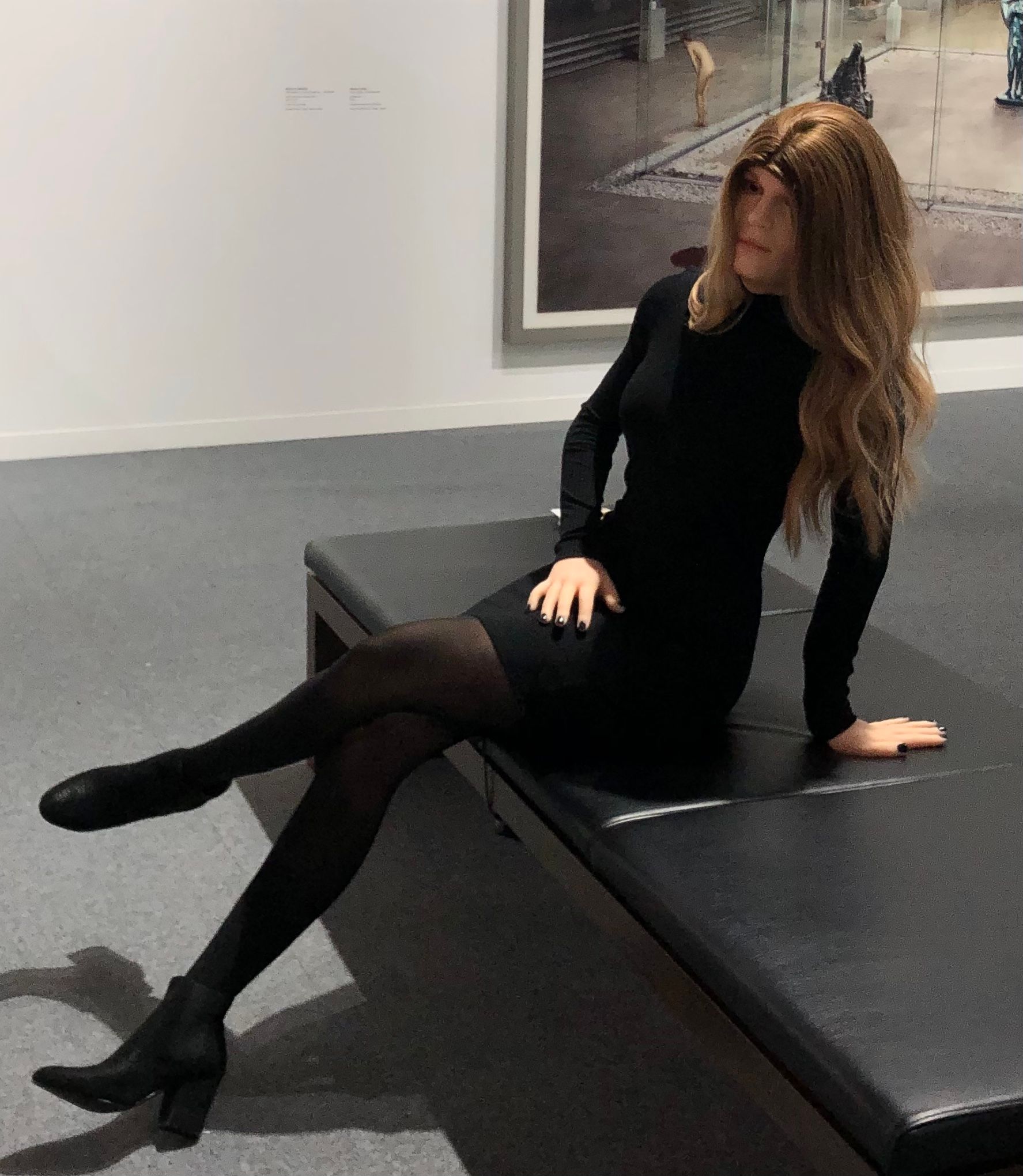
Art World Resorts: artgenève

Art World Resorts: No Utopias, but Chicago
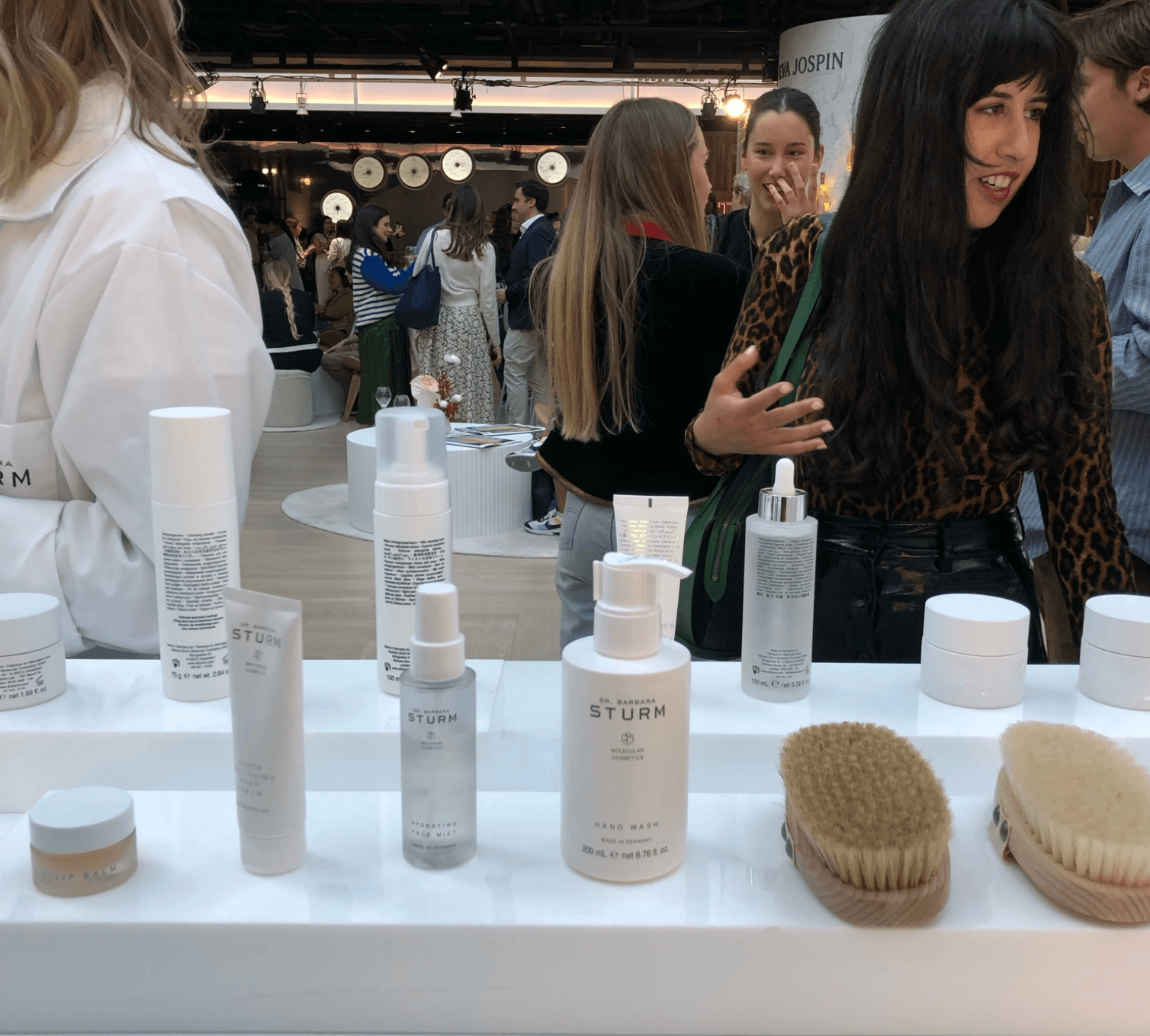
Art World Resorts: A Remedy for Chronic Anxiety
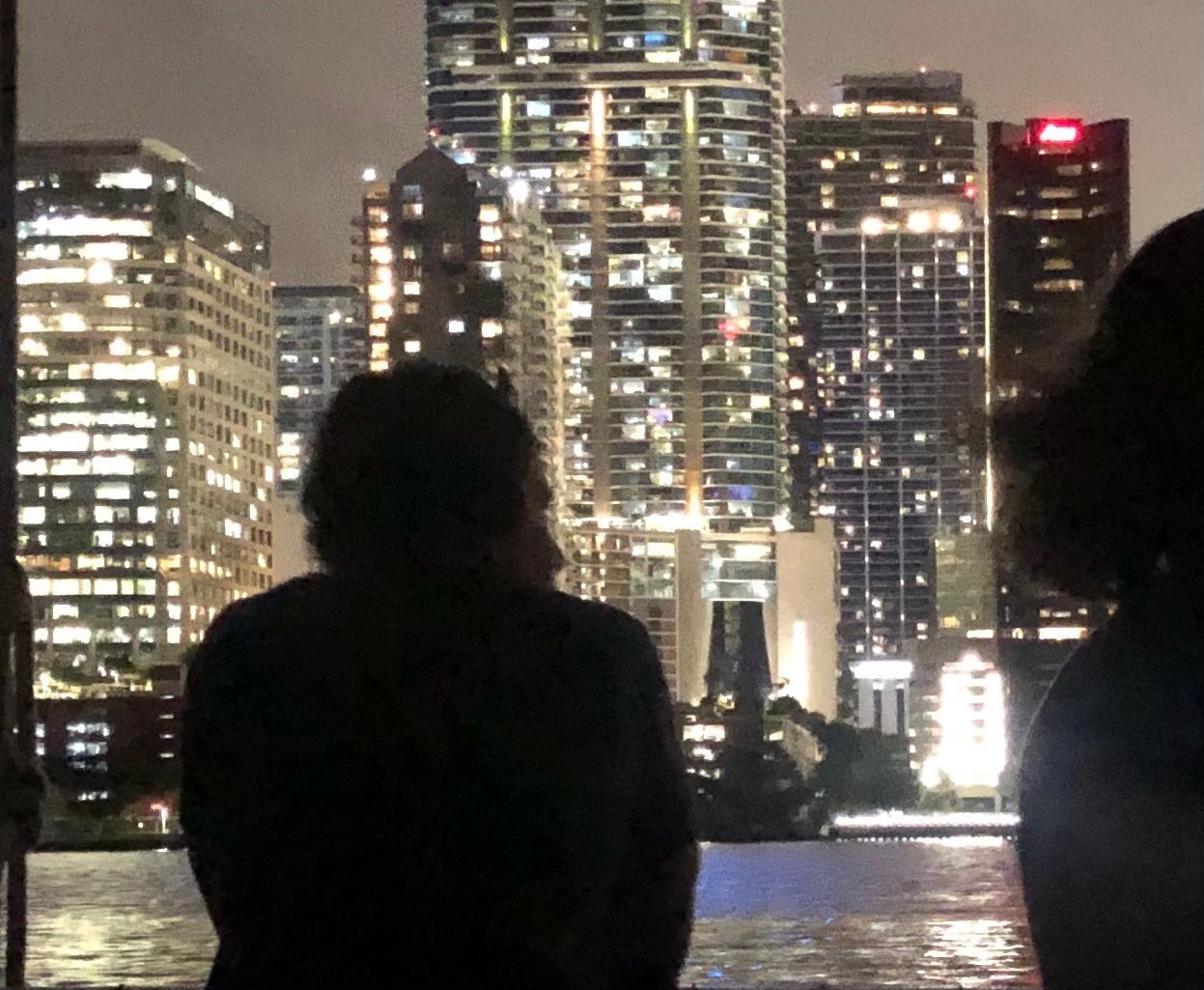
Art World Resorts: On at Art Basel in Miami Beach
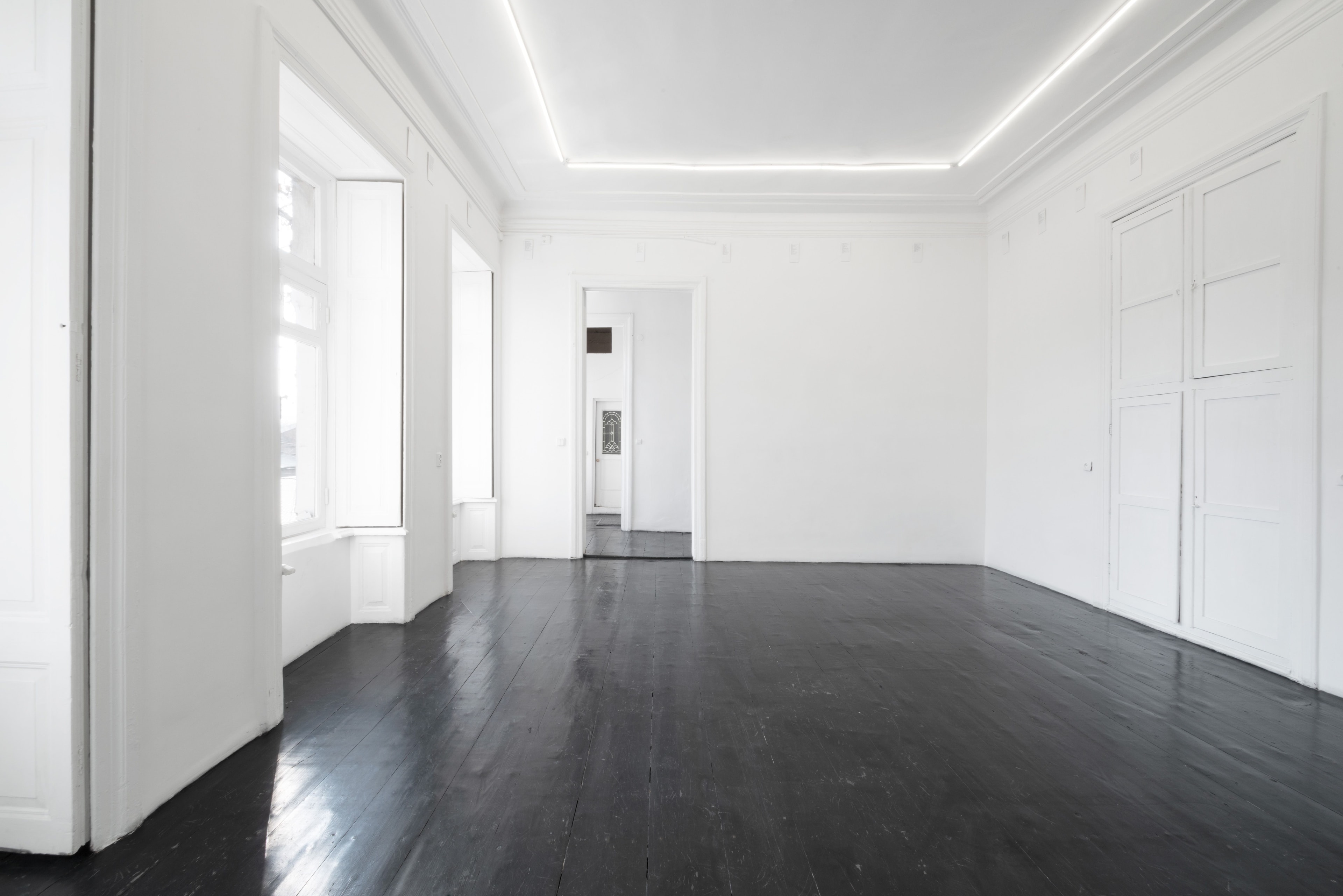
Young Gallerists: A Roundtable on Founding a Gallery in Today’s Uber-saturated Market
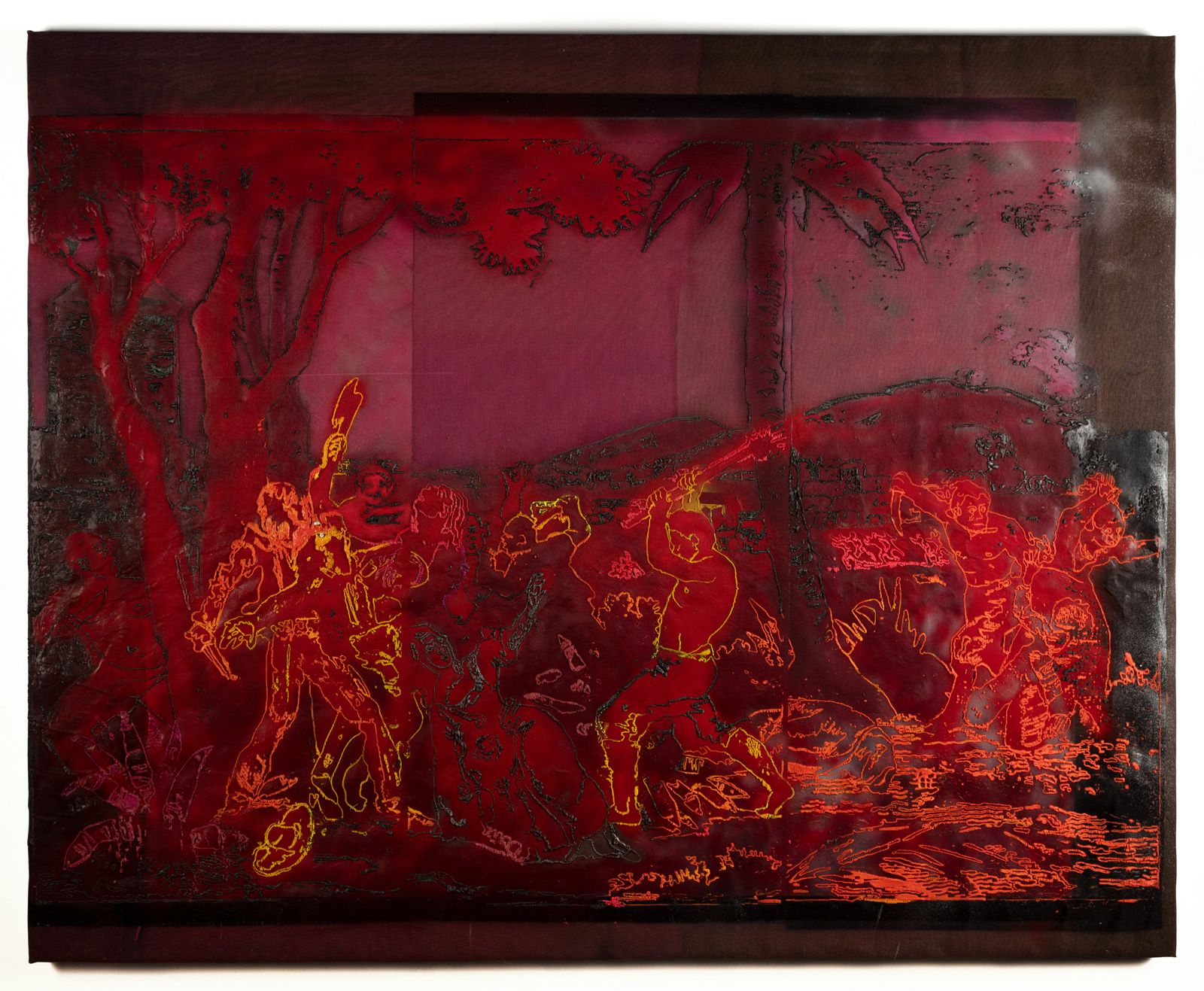
SMASHED COLLARBONES: Berlin Art Week 2022
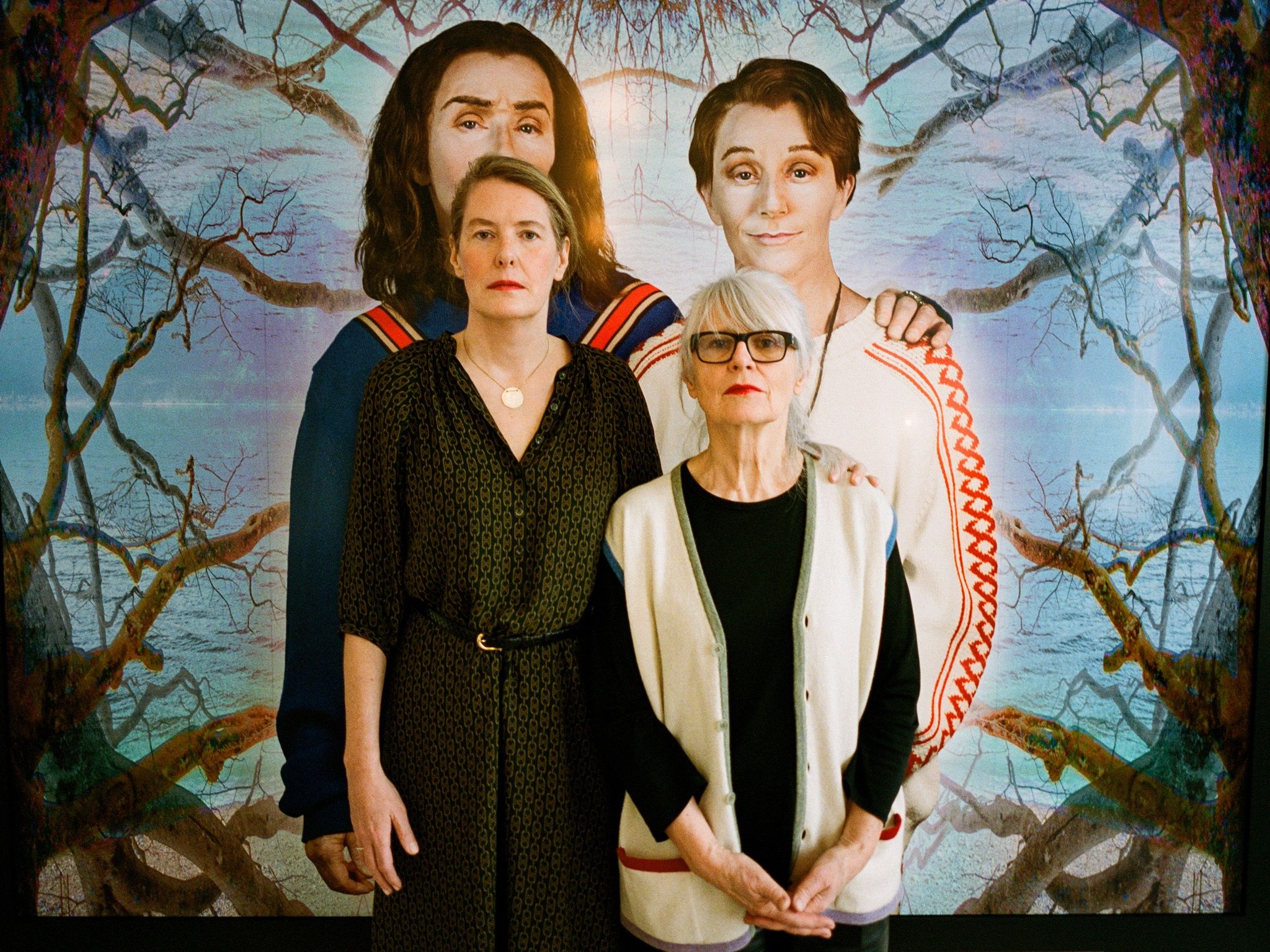
SPRÜTH MAGERS: The Art Gallery and the World
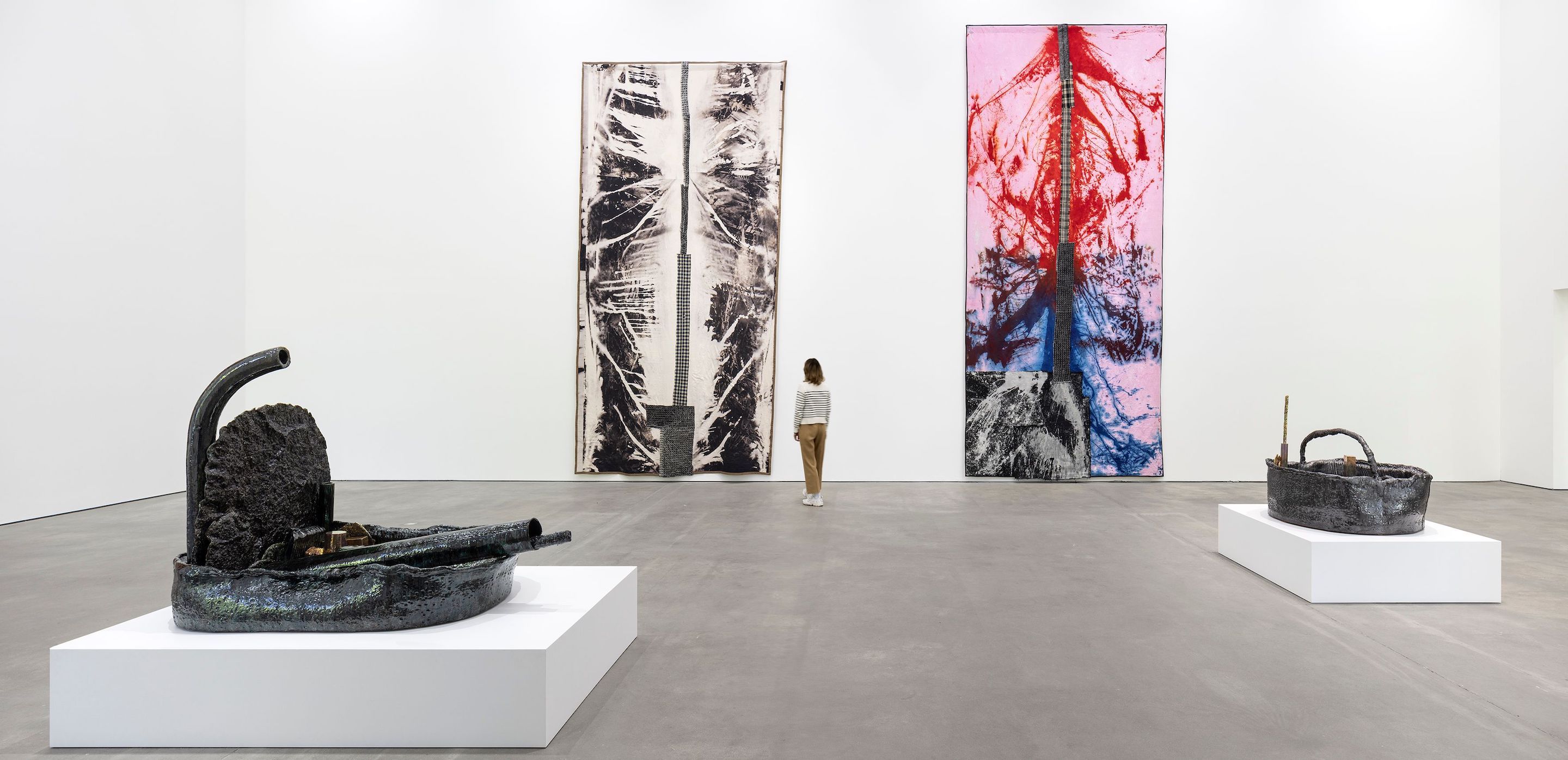
032c Selects: Berlin Gallery Weekend 2022